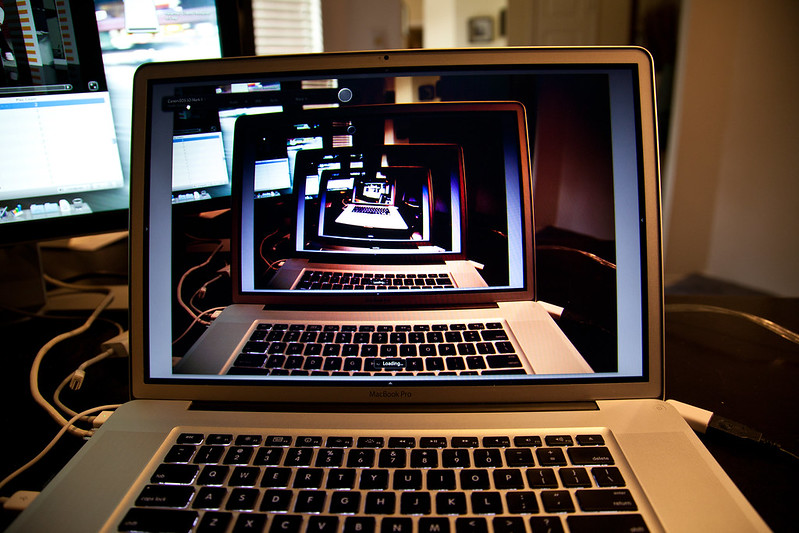Today in 1930, the inventor of the computer cursor was born.
It’s one of those creations that’s so small and common that it’s easy to forget what a big deal it really is.
I mean, imagine what typing on a device would be like without a cursor!
Word processing on a computer was originally based heavily on the typewriter.
On that device, a user could tell where they were likely to type next because the metal keys would be essentially lined up around that spot.
And on printing presses, people laid out the metal characters by hand, so they knew where the next word or character could go.
But on a screen, you could get lost.
Is the last line of text the line where the user’s still working, or did they move to a new line?
Were they typing a new character after the last one, or were they inserting something into an existing word – or even overwriting?
The guy who solved that problem was Charles Kiesling, a Minnesota native who served in the Navy during the Korean War.
According to Inverse, in 1967 Kiesling filed a patent for a blinking cursor.
Users would be able to see where the next typed character would go because there was a little blinking box or line holding the spot.
And as the cursor started showing up on display terminals and eventually in home computers, engineers and users both realized how incredibly useful it was.
In fact, it’s said that for the release of the Apple II computer in 1977, the company decided that their device wouldn’t support lower case characters because if it did, it wouldn’t have enough memory left to include a cursor.
December often means the start of really cold weather.
In Chicago, transportation workers keep ice and snow from building up on train tracks by lighting the tracks on fire.
No, really.
They have gas burners and other heating elements in place to keep the tracks dry and clear.
And if the weather breaks the steel rails, they drop a flaming rope in place to get the metal to expand ahead of repairs.
54 YEARS AGO, A COMPUTER PROGRAMMER FIXED A MASSIVE BUG — AND CREATED AN EXISTENTIAL CRISIS (Inverse)
Yes, fire is used to keep Chicago trains running in the cold (Chicago Tribune)

